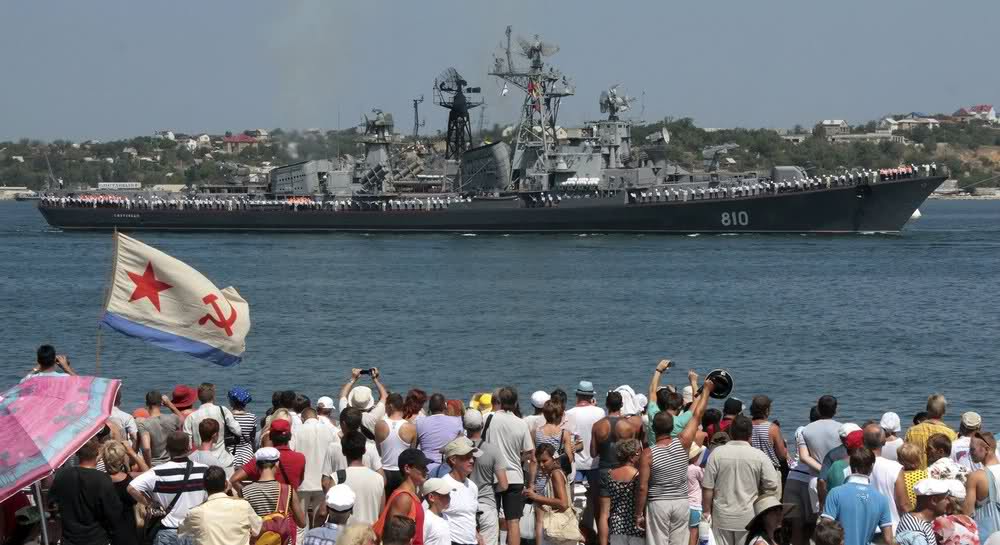Sourced The Wall Street Journal
By Julian E. Barnes
Romania has a newly operational missile defense site, but it wants more.
Romanian officials said they are pressing the alliance not to forget about its southeastern border as it goes about reinforcing the northeastern one.
Alliance officials have said in recent days that Poland and the Baltic States are going to get a North Atlantic Treaty Organization force of about 4,000 troops, to be formally approved at the July summit in Warsaw.
During a visit Thursday, Romanian officials—in public and in private—pressed for a NATO maritime presence in the Black Sea. They also want alliance troops in Romania.
For now the publicly released version of the NATO plan would put 1,000 combat troops each in Poland, Latvia, Estonia and Lithuania. For now that plan does not include Romania.
“It is important to ensure a credible and predictable presence of allied forces on the eastern flank, but also striking a balance between the northern and southern dimension of the eastern flank,” Romanian President Klaus Iohannis said.
U.S. defense officials have said they are planning that their increased rotational presence will mean more regular exercises and presence in both Romania and Bulgaria
But the Black Sea force seems to be the most critical request for Romania. Both Prime Minister Dacian Ciolos and Mr. Iohannis raising the issue of creating a standard maritime force for the Black Sea.
NATO is open to the Romanian proposal, but officials said they have made clear that the allies on the Black Sea will have to contribute at least the initial force.
Romanian officials told NATO Secretary General Jens Stoltenberg they were beginning talks with Bulgaria and Turkey about creating such a maritime force.
“They are in dialogue with the littoral countries, and I welcome this,” Mr. Stoltenberg said in an interview Thursday.
Mr. Stoltenberg said the issue was under consideration in the alliance headquarters in Brussels and defense planners were examining if a multinational naval force in the Black Sea could “fit into a NATO framework.”
If the regional allies can agree, NATO will likely decide whether to have the force serve under the NATO flag and command structure at the July summit. Mr. Stoltenberg said no decision has been made.
Russia has reacted negatively to what it sees as a build up of NATO forces on its borders, including a more regular presence of U.S. ships in the Black Sea. There have been several incidents of Russian planes buzzing ships in the Black Sea.
The Black Sea has traditionally been dominated by the Russia navy, which operated its fleet out of Crimea, even before Moscow moved to annex the peninsula in 2014. Since that time, U.S. and alliance officials have said that Russia have moved to bolster its surface to air and anti-ship missiles, so called anti-access, area denial capabilities, in Crimea.
“We do not seek confrontation,” Mr. Stoltenberg said. “But we have had to respond when we see a more assertive Russia and when we see Russia developing anti-access, area-denial capabilities in the Black Sea.”

